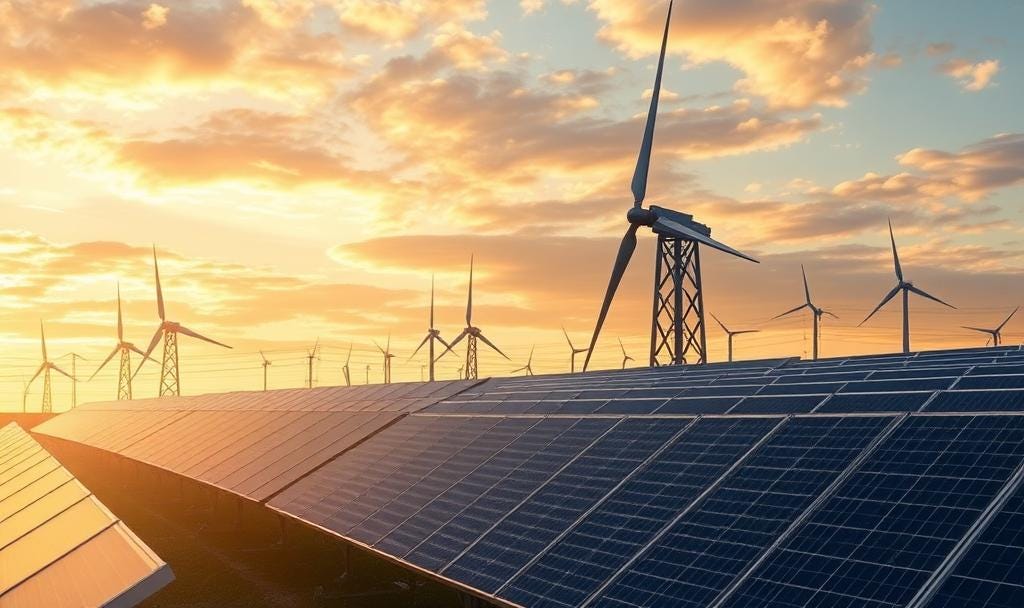Smart Energy Grids: Powering a New Era of Sustainable Cities
Why Smart Grids Matter
Let me start with a confession: I used to think “smart grid” was just a buzzword utilities threw around to sound modern. But after seeing a real-time dashboard of energy flows in a pilot city, I realized how transformative this technology could be. Smart energy grids are not just about digital meters—they’re about creating a resilient, efficient, and sustainable backbone for our entire energy system51.
How Smart Grids Work
Real-Time Monitoring: Sensors and IoT devices track electricity usage, grid health, and renewable energy input down to individual homes or even appliances.
Automated Controls: AI-driven systems balance supply and demand, shifting loads or rerouting power to prevent outages.
Integration of Renewables: Solar, wind, and battery storage are seamlessly woven into the grid, smoothing out the bumps of intermittent generation.
The result? Less energy wasted, fewer blackouts, and a system that adapts to both consumer needs and environmental realities.
Tangible Benefits
Efficiency Gains: Smart grids can reduce energy losses by up to 30% compared to traditional grids.
Lower Emissions: By integrating renewables and optimizing usage, cities can cut grid-related emissions by 15–20%.
Cost Savings: Households and businesses benefit from dynamic pricing and lower bills when they shift usage to off-peak times.
I’ve heard from residents in pilot cities who say they barely notice the technology—but they do notice the savings.
The Challenges
Of course, it’s not all smooth sailing. Upgrading old infrastructure is expensive, and cybersecurity is a growing concern. Plus, getting millions of devices to “speak the same language” is trickier than it sounds.
Looking Ahead
Wider Adoption: Expect more cities to roll out smart grids, especially as energy price volatility continues1.
AI Integration: Advanced algorithms will make grids even more responsive and predictive.
Consumer Empowerment: More people will generate their own power and sell it back to the grid—a real shift in how we think about energy.
Closing Thoughts
Smart grids aren’t a panacea, but they’re a critical step toward the low-carbon cities of the future. Sometimes I wonder if we’ll look back in a decade and wonder how we ever lived without them.
That’s it for this week.
Until next time,
Casey





